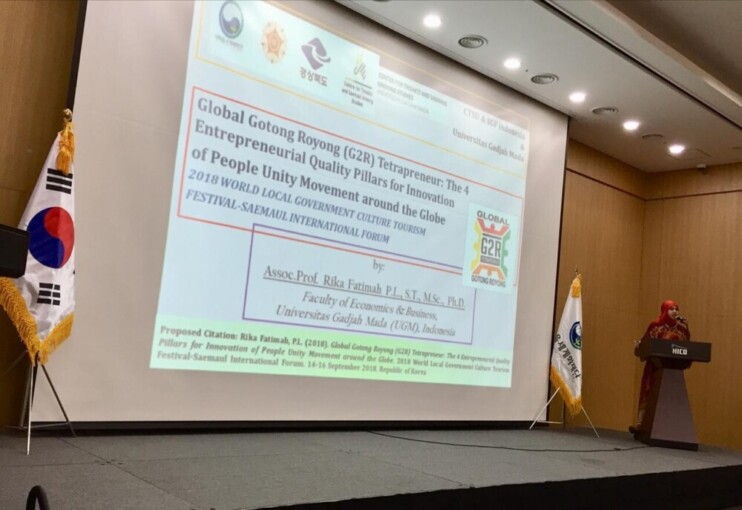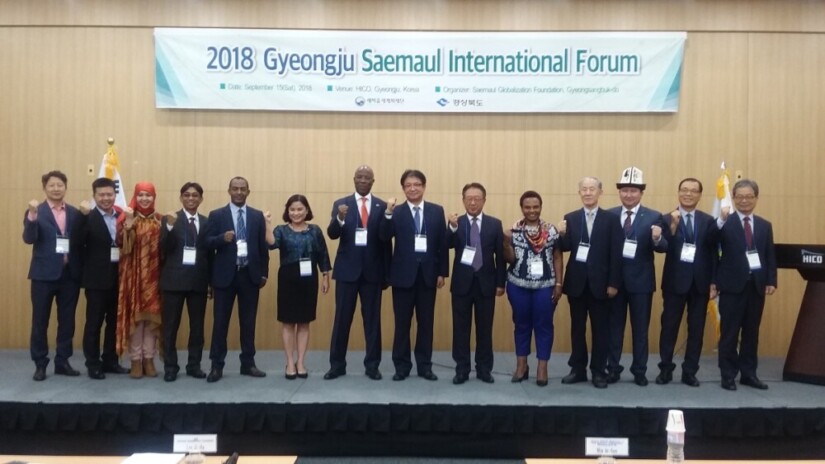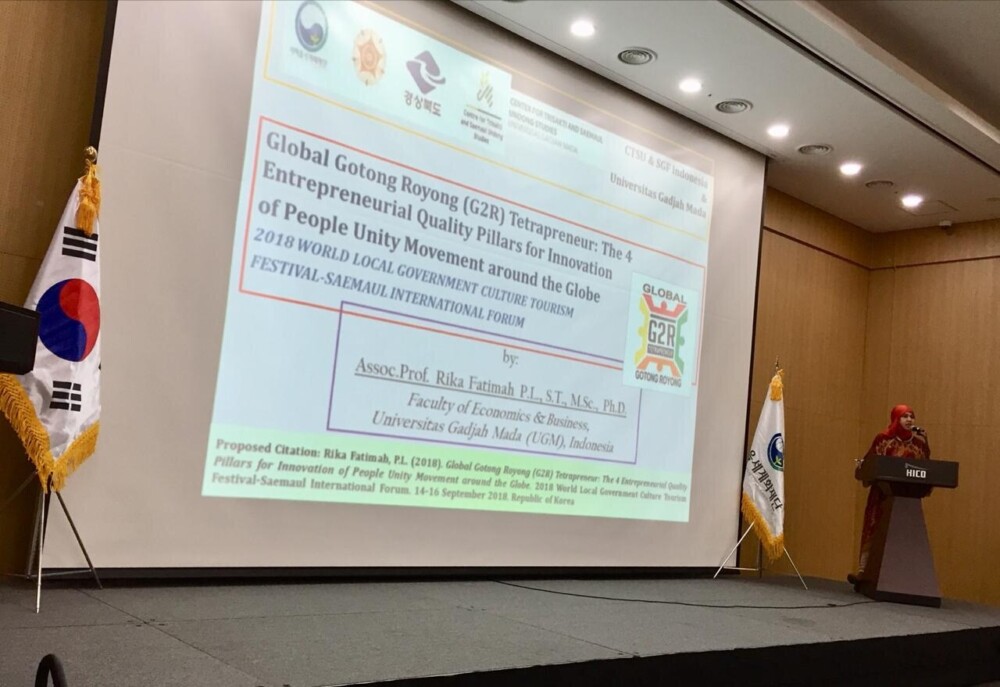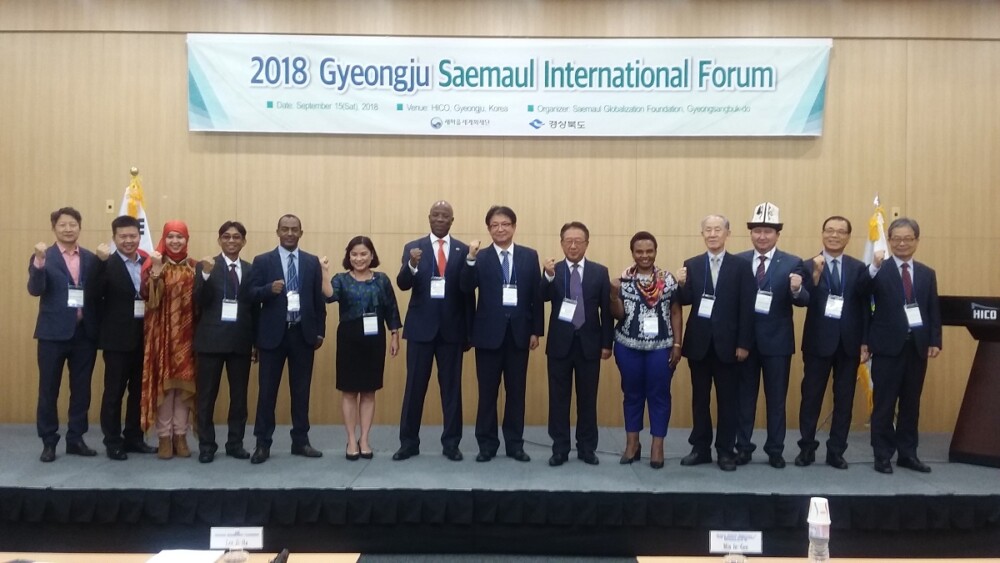Data development and use around the world, including Indonesia, have increased significantly and this is predicted to continue in the future.
Such increase can be seen in the world data volume that sharply jumped from 0.1 zettabytes in 2005 to 2 zettabytes in 2010. This is predicted to reach to 47 zettabytes in 2020 and 163 zettabytes in 2025.
“International Data Corp (IDC) in its research, ‘Data Age 2025: The Evolution of Data to Life Critical’, predicted the data volume will increase significantly to 163 zettabytes in 2025,” said Prof. Dr. Sri Haryatmi Kartiko, M.Sc in a scientific speech during the celebration of 63rd anniversary of Faculty of Mathematics and Natural Sciences UGM on Wednesday (19/9).
Sri Haryatmi said there were five key IDC research that made major changes in data use in the world. Besides the evolution data from business background to life-critical, other factors are embedded system and the internet of Things (IoT), mobile and real-time data, cognitive/artificial intelligent (AI) system change the landscape, and security as critical foundation.
“Indonesia also experienced these data developments. Internet consumption in the country increased from 1 million terabytes in 2013 to 5 million terabytes in 2017 and this is estimated to increase up to 15 terabytes in 2020. This is obviously accompanied by significant number of users,” she said.
Data in 2017, Indonesia ranked fifth in the world with 133 users or 3 percent of total internet users in the world. Compared to Indonesia’s total population in 2017, 262 million, this means almost half of of the population are internet users.
The figure is similar to that of the highest populated country, China, with 53 percent of its population are internet users. But these are far below those of the US (88 percent) and Japan (94).
Delivering the speech titled Statistics and Data Literacy in Capabilities of UGM Graduates in Industry 4.0, Sri Haryatmi revealed the human needs also increased along with these technology development. The challenge has been on how to interpret and process such huge data, which are varied and fast, into something valuable and drive business growth.
“In addition, the challenge is to reduce costs without sacrificing quality and to optimise production process to be more efficient,” she concluded.





